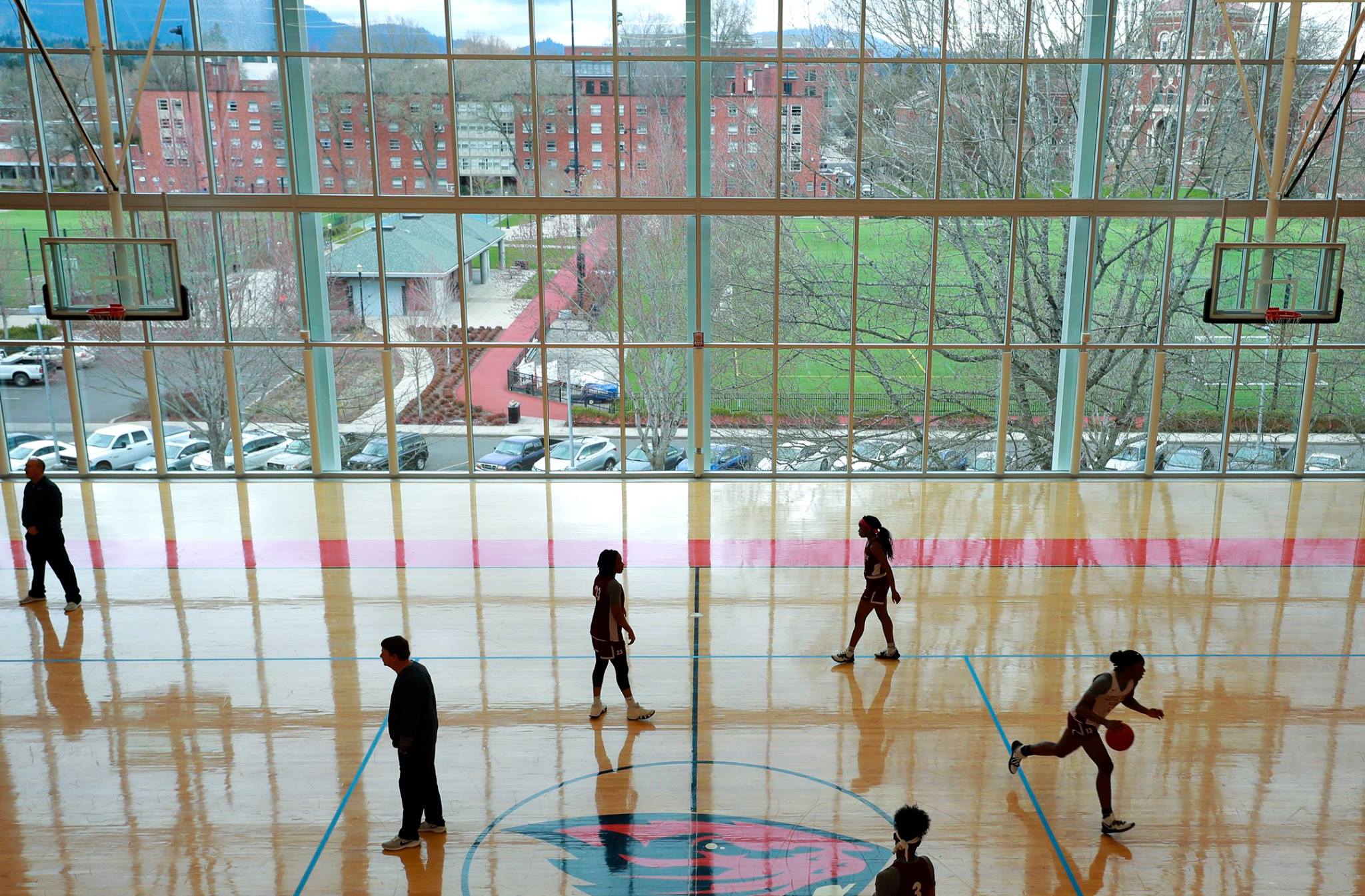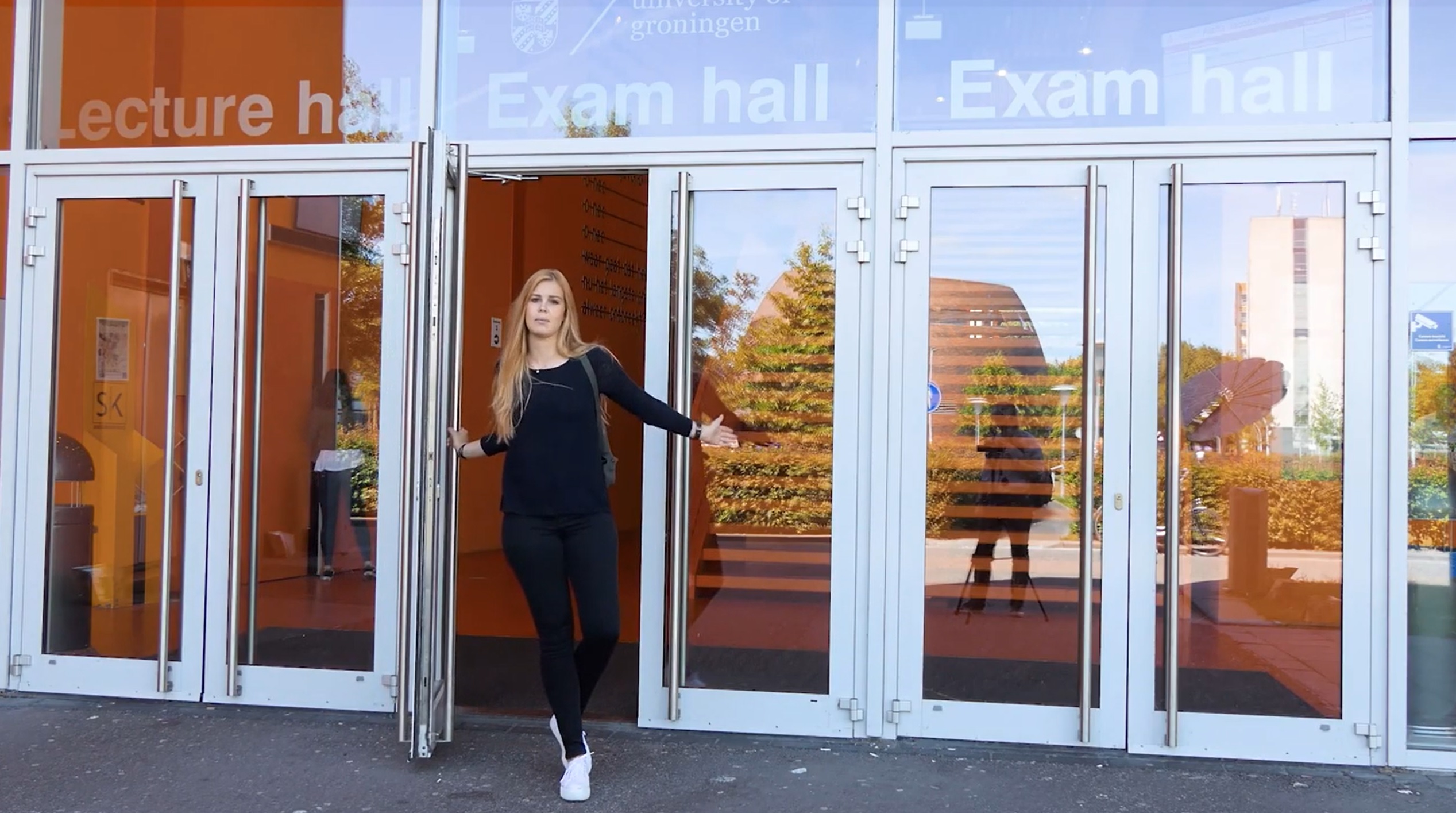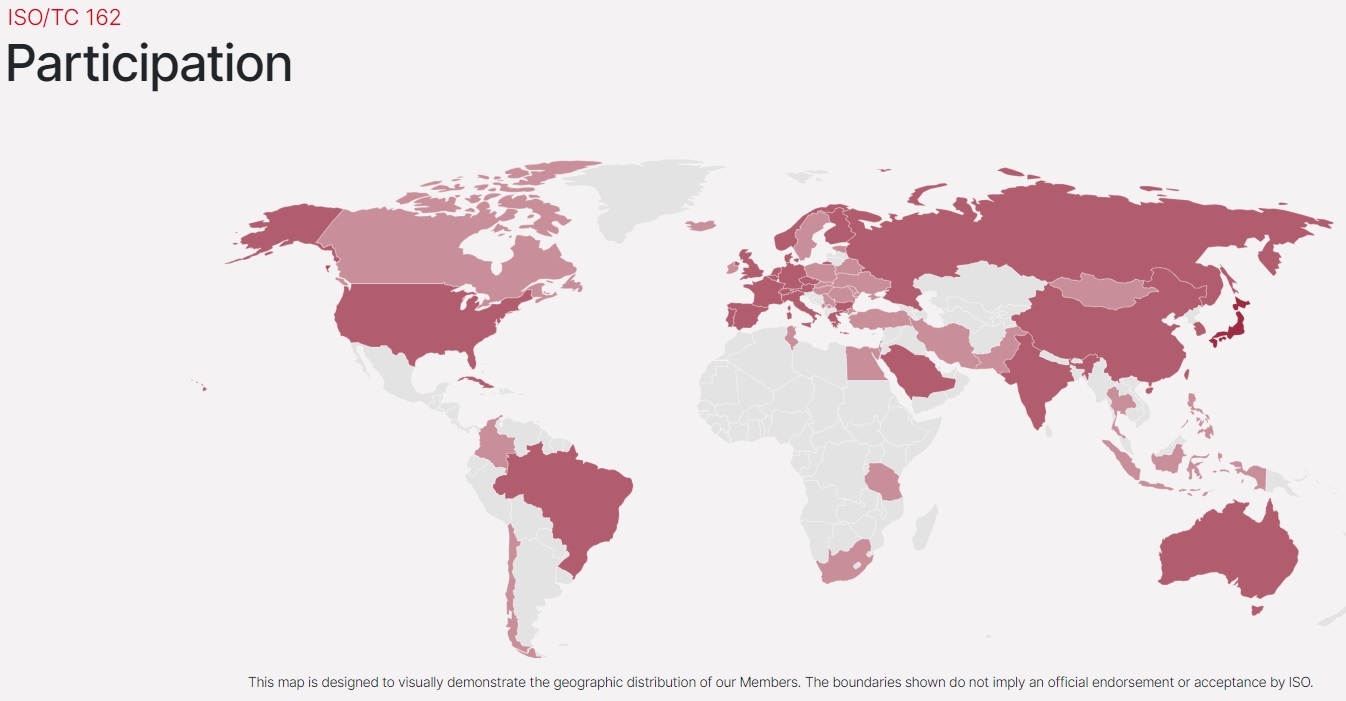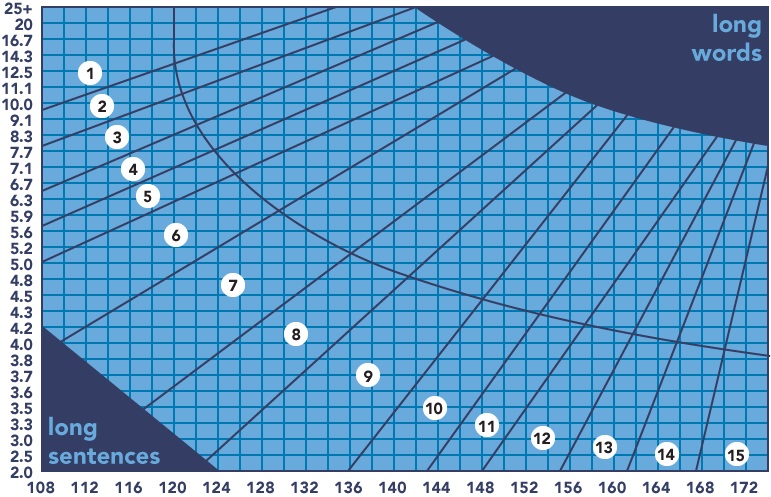University of George Financial Report 2022 | $2.1B
If you find yourself eating a pecan pie tomorrow, odds are it was grown in Georgia! pic.twitter.com/0FiKTlCAQi
— UGA (@universityofga) November 24, 2021
University of Georgia: Cranberry Pecan Pie
The popularity of Georgia pecan pie can be attributed to several factors:
- Abundance of Pecans: Georgia, particularly in the southern region of the United States, has a favorable climate for pecan trees. Pecans have been grown in Georgia for centuries, and the state has a long history of pecan cultivation. With such abundance, pecans became a staple ingredient in many traditional Southern recipes, including pecan pie.
- Southern Culinary Tradition: Southern cuisine, known for its comfort foods and indulgent desserts, heavily features pecans in various recipes. Pecan pie is a classic Southern dessert that has been passed down through generations, becoming deeply ingrained in the culinary heritage of the region. Georgia, as a quintessential Southern state, plays a significant role in promoting and preserving these culinary traditions.
- Cultural Significance: Pecan pie is not only a delicious dessert but also holds cultural significance in the South. It is often served during holidays and family gatherings, evoking feelings of warmth, nostalgia, and tradition. The act of sharing a slice of pecan pie with loved ones is a cherished tradition for many families in Georgia and throughout the South.


























